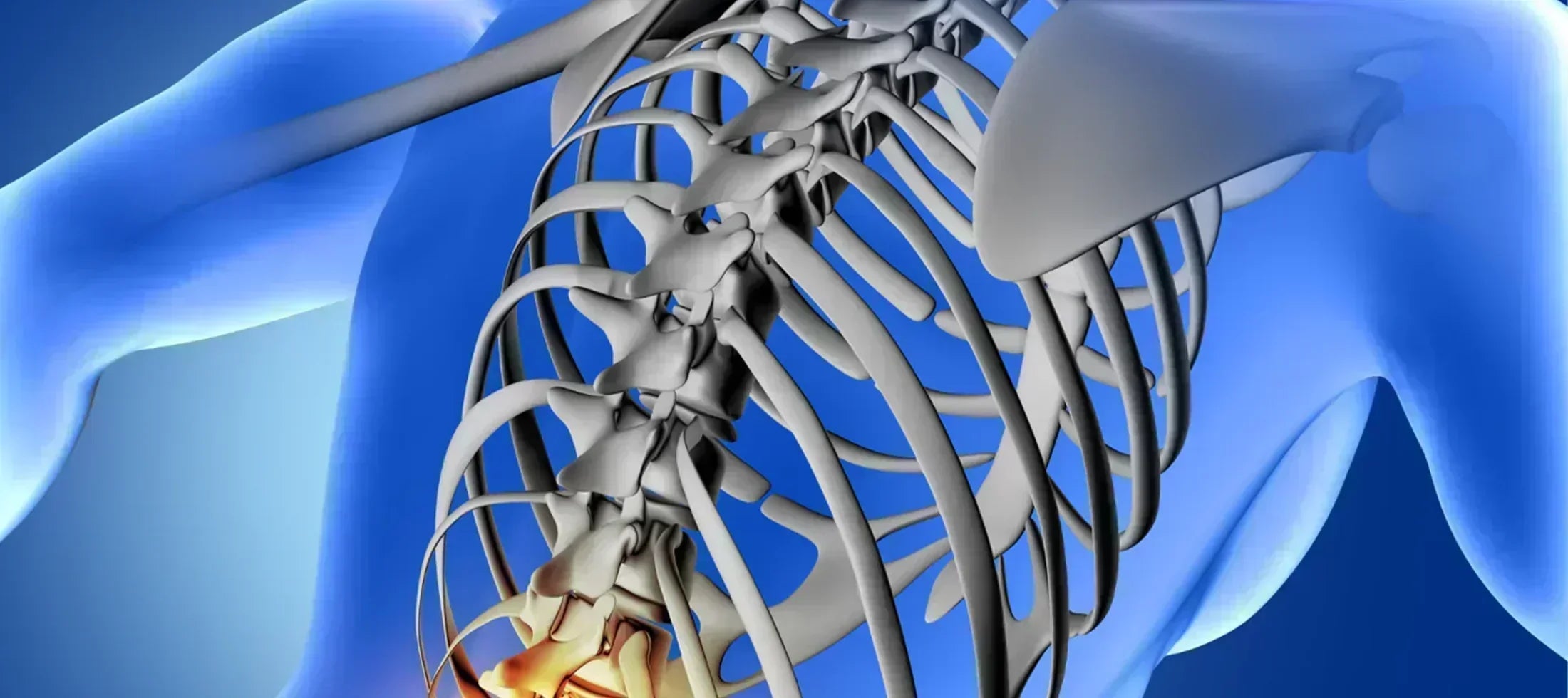Overview
“Age is just a number” has become a common phrase nowadays. It really is. Most of us millennials are suffering from backaches nowadays. Sometimes I feel retired people are more actively fit than most of us. The reasons are wrong posture, less physical activity, impure and junk diet.
Sciatica has become a more generalized term for lower back pains and a lot of people in our circles have it. You will find most of the required information on the desired topic in the following blog.
What is Sciatica
Sciatica is a condition in which sharp pain occurs in the lower back and radiates all the way through the thighs and down the legs. It occurs due to the sciatic nerve being compressed by bone or herniated disk.
True sciatica occurs as a result of injury to the sciatic nerve but it is rare. Generally, any sort of pain which flows from the lower back to the leg is called sciatica.
The sciatica pain ranges from mild to severe and generally improves with proper rest and self-care. In some cases, pain may be severe and causes disability to move.
Symptoms of Sciatica Pain

It is characterized by a sharp pain or burning sensation originating from the lower back and flowing down the back of the leg. This can be accompanied by numbness in one leg or foot. In some cases, the person becomes unable to move or take steps due to severe pain.
The symptoms of sciatica occur in one leg and can worsen due to sneezing or coughing. The common symptoms include
- Sharp burning sensation that radiates from buttocks, down to legs.
- Numbness in leg or foot.
- Inability to move the affected leg due to pain.
- Tingling in toes.
- Impaired bowel and bladder control.
Causes of Sciatica
There are numerous risk factors for sciatica including something as simple as bad posture or prolonged sitting or standing or something complicated like, God forbid, an accident or injury. A common cause of sciatica is compression of a nerve or specifically the sciatic nerve, which happens due to disk slip or herniated disk.
A herniated disk refers to a condition in which some of the fluid from the disk, serving as a cushion between vertebrae, flows out. Which as result presses a nerve causing sharp pain.
Bone spurs can also cause pressure on the nerve causing sciatica pain. Bone spurs are hard lumps that grow on the bones commonly of the vertebral column. This outgrowth can also press nerves and cause pain.
Some common risk factors of sciatica are enlisted below.
- Bad posture
- Slipped disk
- Injury
- Physical inactivity
- Bone spurs
- Careless weightlifting
Treatment of Sciatica Pain
Treatment of sciatica pain depends upon the severity of the illness. In some cases, rest can help it to improve but in other cases, surgery is required. Some common treatment methods include:
- Rest: Rest in the initial days of pain helps in decreasing the symptoms but prolonged rest may worsen the condition.
- Hot or cold packs: Applying hot or cold packs at the site of pain and on affected muscles also helps reduce the pain.
- NSAIDs: Non-steroidal anti-inflammatory drugs are also prescribed for sciatica pain relief.
- Physiotherapy: Light physical activity and muscle stretches are also helpful in reducing inflammation and muscle tension.
- Massages: Hot oils massage or applying pain relief ointment on aching muscles are very effective in sciatica pain.
- Steroid injection: Steroid injections are prescribed in severe cases by a registered physician to decrease inflammation.
- Surgery: If all other options for the treatment of sciatica fail to provide relief, microdiscectomy, a surgical procedure in which a part of the disc or bone pressing the nerve is removed, is performed.
Note: *NSAID or steroidal injection must be used if prescribed by a registered physician.
Sciatica Pain Exercises
Knee-to-Chest Exercise
This is the easiest exercise for the lower buttock and upper thigh muscles.
- Lie straight facing upwards, bend your legs, and keep both feet on the floor.
- Press one knee against the chest and hold for 30 seconds.
- Repeat with the other leg.
- Performs 2-3 repetitions with each leg.
- You may keep one leg stretched out or may bring both knees to the chest simultaneously.
Standing Hamstring Stretch
This stretch must be performed with care.
- Stand straight up with one leg stretched out on a slightly higher surface and toes facing upwards.
- Lean forward and hold for 20-30 seconds and breathe.
- Repeat twice or thrice with each leg.
Pelvic Tilt Exercise
This exercise also helps ease sciatica pain.
- Lie straight on the floor and bend your legs.
- Tighten the abdominal muscles and move the pelvis slightly upwards.
- Hold for 10-15 seconds release and then repeat eight to ten times.
Glute Bridges
The glutes are muscles located in the pelvis. Exercise helps them relax and ease the pain.
- Lie on the back and bend the legs with feet a few inches apart.
- Lift your buttocks to form a bridge and hold for a few seconds.
- Slowly relax the hips.
- Repeat the exercise eight to ten times.
Lying Deep Gluteal Stretch
This is another exercise for glute muscles.
- Lie straight on a flat surface and stretch out your legs.
- Bend the right leg and place the ankle on the left knee.
- Hold the left thigh with both hands and pull it towards the chest keeping the back firm on the ground.
- Hold for twenty to thirty seconds and repeat with the other leg.
Seated Glute Stretch
This exercise also helps relax glute muscles and is way simpler than the rest of the two.
- Sit straight on the floor and straighten your legs in front of you.
- Place your right ankle on top of your left knee and bend forward.
- Hold for fifteen to twenty seconds and repeat four to five times with each leg.
Sitting Spinal Stretch
This one helps relax your spine and relief the pain
- Sit down on the floor with your back straight and legs stretched out.
- Place your right foot across the left knee.
- Turn your upper body to the right and fix your elbow next to your right knee.
- Hold for thirty seconds and repeat twice or thrice with each side.
Basic Seated Stretch
This is one of the most convenient exercises that you can perform anywhere anytime.
- Sit straight on a chair and place one foot on the other knee.
- Slightly bend forward.
- Stay in this position for thirty seconds and repeat eight to ten times.
Reclining Pigeon Pose
This is also known as the figure 4 pose.
- Lie straight on the floor and bend your legs with your soles flat on the ground.
- Place one of the feet on the other knee.
- Hold the thigh and pull the leg towards you.
- Do 7-8 repetitions with each leg.
Forward Pigeon Pose
This is a little bit complicated and tough to perform. It may require special care.
- Make a plank position on the floor with both of your palms and knees on the floor.
- Bring one leg forward in front of your body and stretch the other leg out.
- Shift your weight on your legs from your arms and push against the leg in front of your body.
- Slowly shift the weight back on your arms and move your back upwards.
- Repeat on both legs a few times.
Standing Piriformis Stretch
This involves a squat position and some of you may find it difficult.
- Place the affected leg on top of the other knee.
- Slightly bend down making squats position.
- Hold for a few seconds then relax and repeat.
Scissor Stretch
This is way simpler and can be performed whenever you feel the pain,
- Place one foot a few inches ahead of the other.
- Place both of your hands on your waist and bend forward.
- Keep your weight on your front leg.
- Hold for a few seconds and then repeat with both legs a few times.

When to See a Doctor
Sciatica often improves with home care but medical care is crucial when:
-
Severe leg weakness or numbness makes walking difficult.
-
Pain extends below the knee or worsens after a week.
-
Bladder or bowel control becomes affected.
-
Pain does not improve with rest heat cold packs and OTC medication.
-
Persistent symptoms even after physical therapy or supplements.
Early medical evaluation and possible imaging such as MRI can prevent chronic issues according to NIH guidelines.
Conclusion
Sciatica is not just for older adults poor posture lack of exercise incorrect lifting habits and nutritional gaps can all spark nerve pain. Treating sciatica requires a multifaceted approach. Regular stretching relieves tight muscles and reduces nerve pressure. Alternating hot and cold treatments eases inflammation. Pain relief medication can help but must be used judiciously. Supplements like omega‑3 fish oil vitamin B complex magnesium and vitamin D support nerve and muscle health. Gentle movement like walking or light yoga promotes recovery.
Most cases resolve within four to six weeks with this combined approach. Surgery is rare under 10% reserved for severe cases involving nerve damage or persistent disability. Consistency matters more than perfection. Following a routine of targeted exercises smart lifestyle tweaks and nutritional backing often turns daily pain into distant memory.
FAQs
Is sciatica a permanent condition?
Sciatica is usually temporary For around ninety percent of people symptoms resolve within six weeks through conservative care according to Healthline
Can exercises help relieve sciatica pain?
Regular stretching core strengthening and walking have been shown to reduce pressure on the sciatic nerve and improve mobility Studies support early physical therapy for better outcomes
What vitamin deficiency causes sciatica?
Deficiencies in vitamin B12 vitamin D and magnesium are often linked to increased nerve sensitivity and pain These nutrients support nerve function muscle control and relief See Jacked Nutrition’s guide on vitamin B complex for more.
Sciatica pain treatment at home
Sciatica pain can be treated at home by massages with hot oil or pan relief ointments, hot and cold packs, and the number of exercises we have described in the blog.
Sciatica diagnosis
Sciatica is diagnosed by observing the symptoms and performing some other medical imaging like X-rays or MRI and CT scans for more accurate results.
Physiotherapy for sciatica
Physiotherapy for sciatica includes stretching the sore muscles and exercises to relax the pain. Most of these are already discussed in the article.
Tests for sciatica
MRI, X-ray, electromyography, and CT scans are performed to diagnose sciatica.
Last stages of sciatica
In the severe and later stages of sciatica nerve damage may occur causing numbness, tingling, or weakness in one or both legs.



Share:
Knee Pain Prevention Tips for Gym Goers, Runners & Lifters
Varicose Veins: Symptoms, Causes, Risk Factors & Treatment